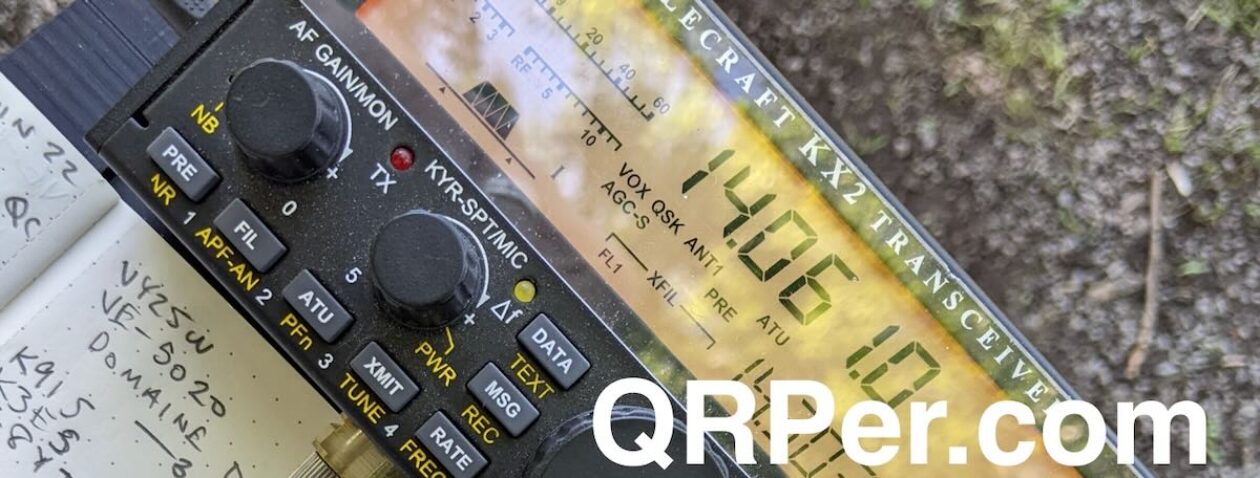Elecraft KX2 owners that follow Elecraft’s email discussion groups have heard that the new KX2 internal battery charger, the KXIBC2, has been tested and would soon be available for purchase.
I checked the Elecraft website this morning and the KXIBC2 has been added to the KX2 product page within the past 12 hours or so.
There are two model numbers:
- KXIBC2-F: The “F” in the model number indicates that it will be factory installed with a new KX2 order.
- KXIBC2: This is the part you would order if you already own a KX2 and plan to install it yourself. This one is referred to as the “Kit” version since the user installs it.
The price is $139.95 US plus shipping.
I just ordered the Kit version and paid a total of $149.30 US with shipping.
According to Elecraft, the kit version is actually very simple to install, but there’s an option to have the factory install it for you via an RMA. Elecraft notes:
Anyone with a modest amount of soldering experience should be able to do the KXIBC2 installation. Based on lots of feedback from field testers, we dramatically simplified the installation procedure. For field installation, we recommend “Method 1” (see the revision B2 instruction manual or later). There’s no need to do any disassembly other than removing and replacing the right side panel. And there are only two wires to solder. If after having a look at the instructions you feel that you’d rather let Elecraft to the job, we’ll be happy to. Simply contact support@elecraft.com to obtain an RMA.
I’ve been looking forward to this particular KX2 upgrade.
While I don’t find removing the internal battery, charging it, then replacing it very cumbersome–I’ve literally done this hundreds of times–the new internal charger will make topping off the battery that much easier.
The KXIBC2 replaces the previous KXIO2 Real-Time-Clock optional module. If you have the KXIO2 installed, you’ll need to remove it and replace it with the KXIBC2.
The KXIBC2 retains the RTC (real-time-clock) function.
For more information about the KXIBC2 module, check out the product manual and installation guide here (PDF).








































